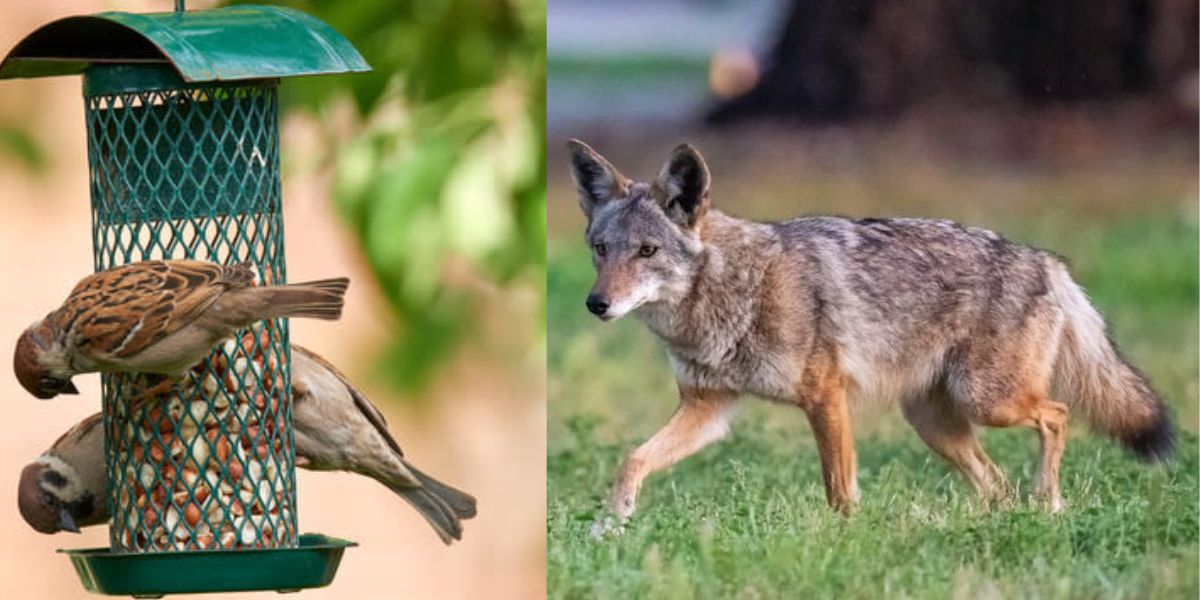Coyotes have been sighted in neighborhoods throughout Southern California, from the Valley to Leimert Park and Hancock Park.
Not tucked away in the mountains, but in cities with lots of young children and household pets.
According to California Department Fish and Wildlife public relations officer Tim Daly, “we actually shouldn’t be surprised that coyotes are showing up in what we consider to be non-traditional locations like the middle of a city.”
According to Daly, this is partly because coyotes search for resources and food that are absent from their surroundings. Additionally, we may be welcoming them with what we are doing.
“It’s almost always unintentional. We might forget that we left the pet food out at night. We might not have remembered to clean our barbecue at the end of a long meal,” Daly added. “And, there’s those odors and bits of food still on a barbecue. We may be forgetting to trim under our backyard brush because we think, oh, it looks so lush and fully grown but that’s also a place where wildlife can hide. It’s a shelter.”
According to the data gathered, calls to the department regarding coyotes in Los Angeles County have gone up from the previous year in every category, from sightings to nuisance.
The majority of reports from 2017 regarding coyote encounters with pets or livestock, or what is known as “depredation,” in LA County occurred in the Hacienda Heights neighborhood, which is located in zip code 91745.
The 91711 neighborhood next to Claremont had the most complaints about nuisances, which might range from tipping trash cans to creating messes.
Additionally, the Griffith Park neighborhood (zip code 90027) and Woodland Hills (zip code 91364) received the most of the calls regarding possible human conflict.
“We look at those reports every day, and then we will respond accordingly if we feel there’s a potential public safety issue going on, we will work with the people who made that report to make sure A, they’re okay, and B, they’re doing everything they can to eliminate what’s attracting them to their yard,” Daly said.
Daly thinks that having more people at home may be contributing to the increase in reports.
“Also, more of us have cameras on our homes and in our backyards than ever. And so, we’re getting a lot more sightings reported to us that way as well,” he added
Read Also: Why Are Credit Card Prices Higher at Gas Stations? Here’s What to Know
According to him, the number of sightings may be somewhat distorted because different people may claim seeing the same animal.
Once more, the department informs that humans may be the ones making room for coyotes and other wildlife to feel welcome. For example, unclean barbecues, fruit that has fallen in your yard, and bird feeders that are overflowing with seed are all tempting to coyotes.
In order for the department to better understand what is going on, they would like to know if you see a coyote, especially if you feel threatened.



